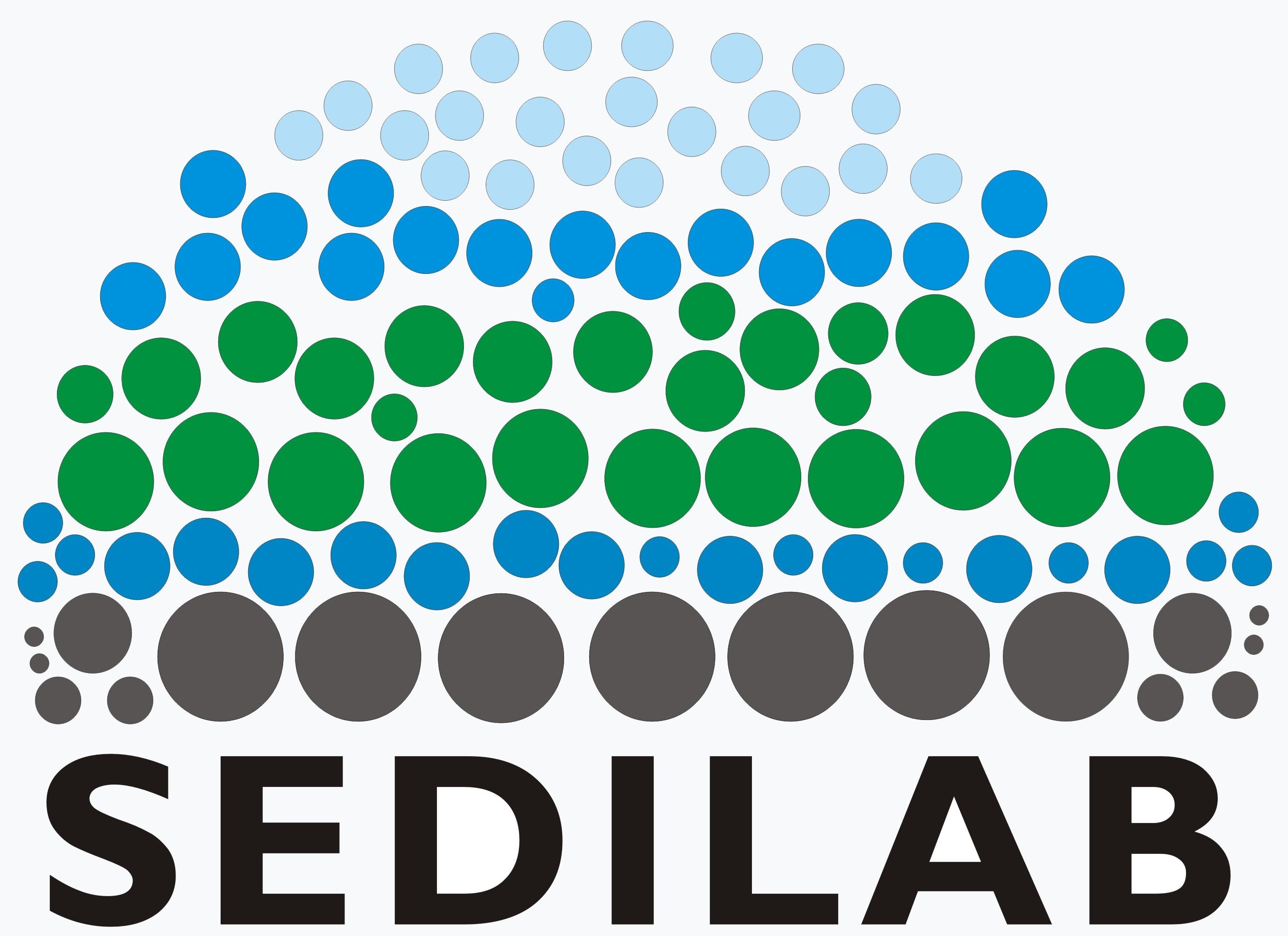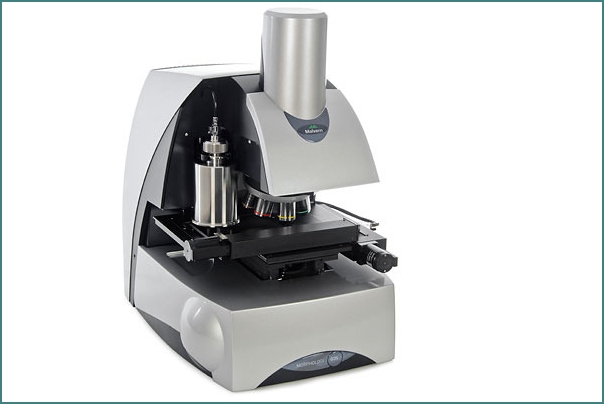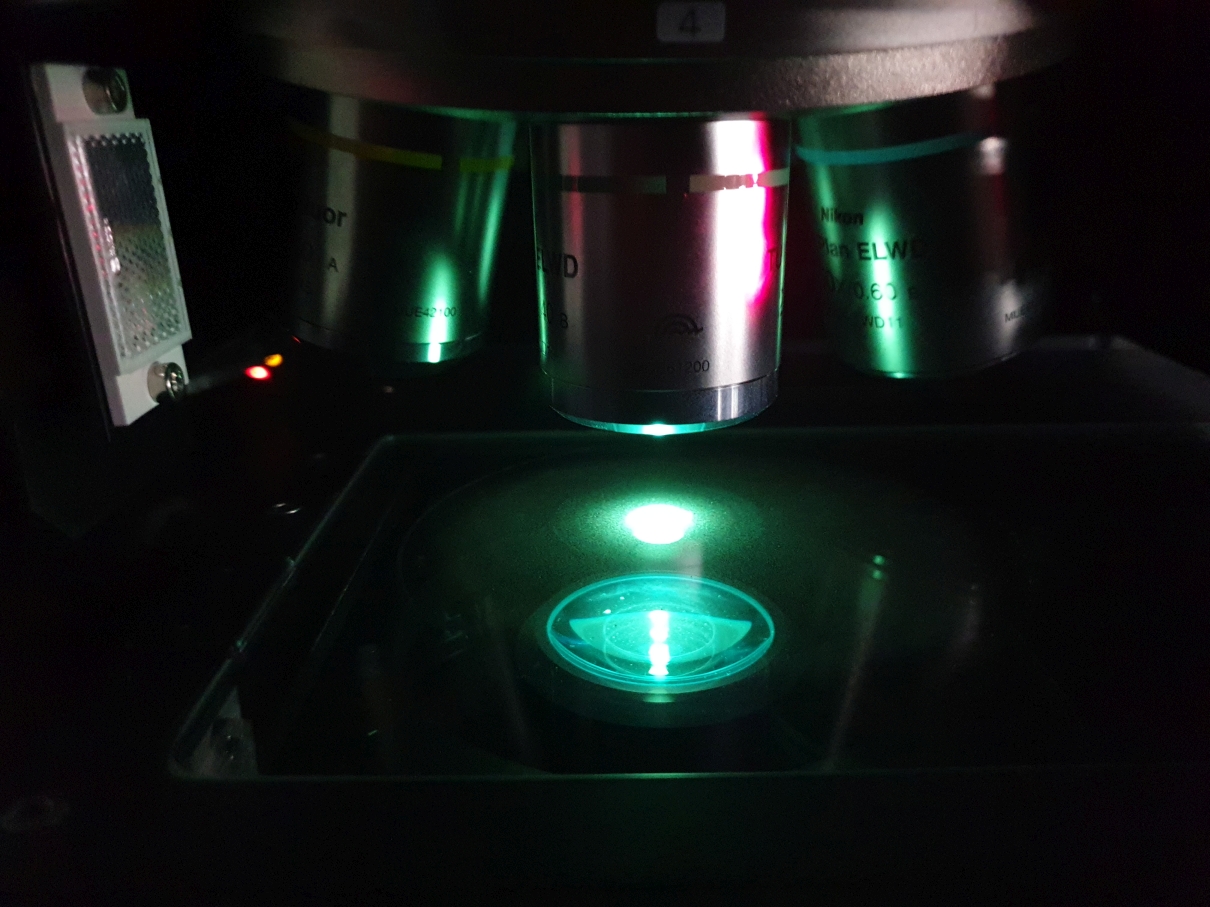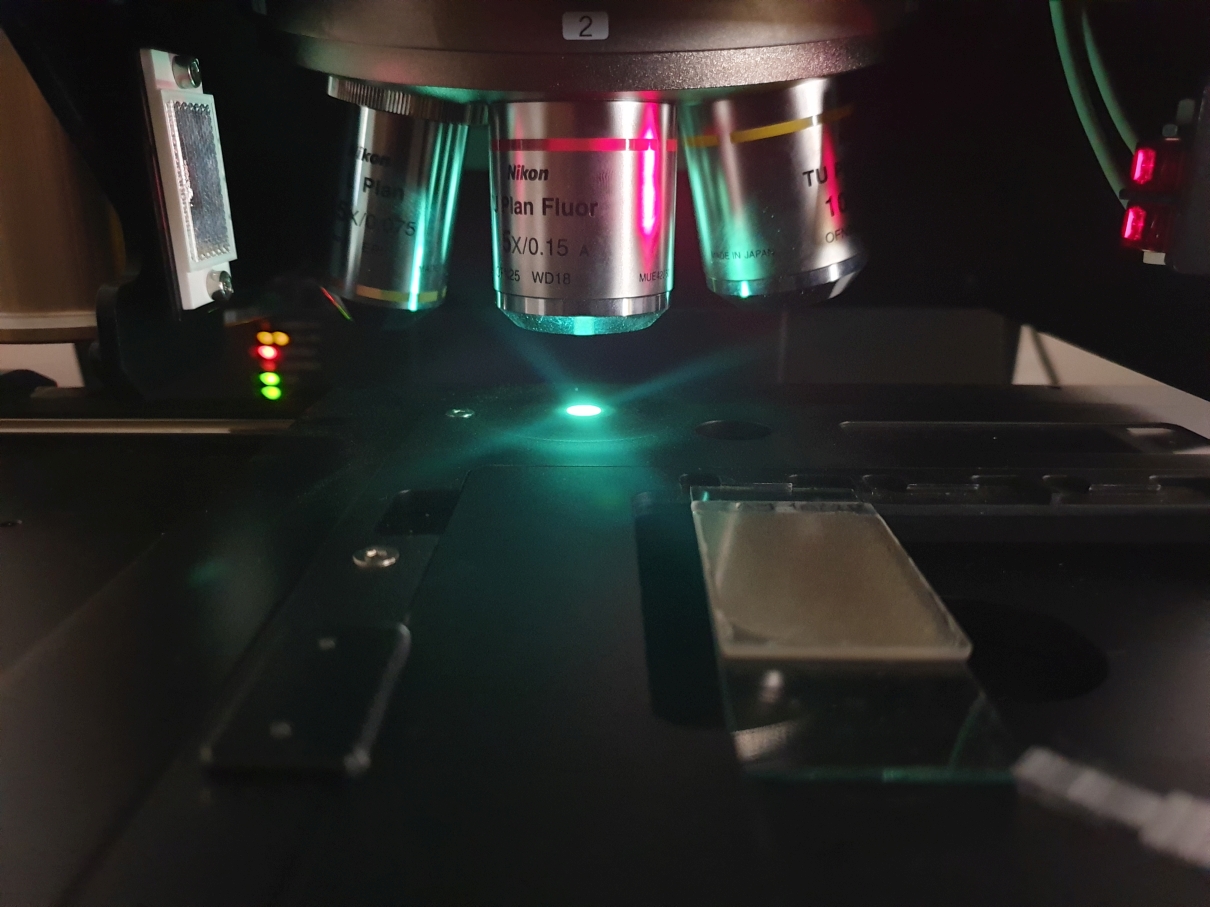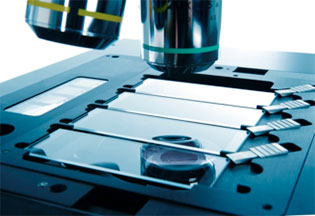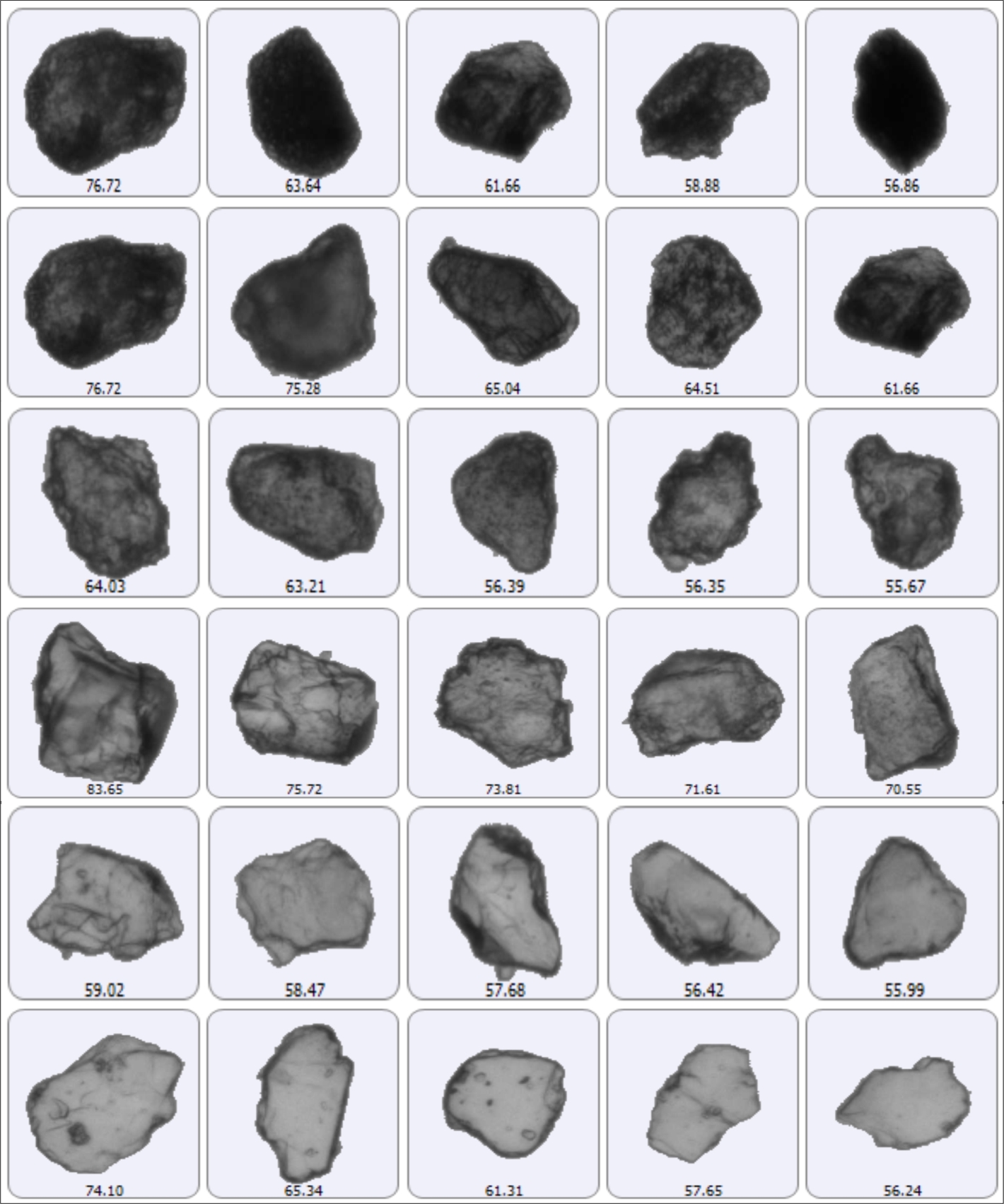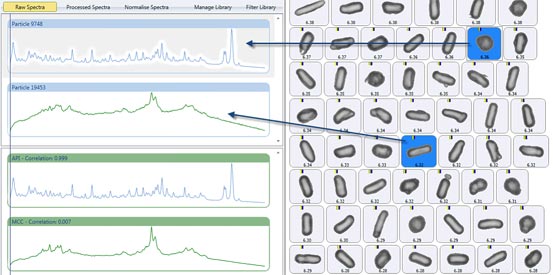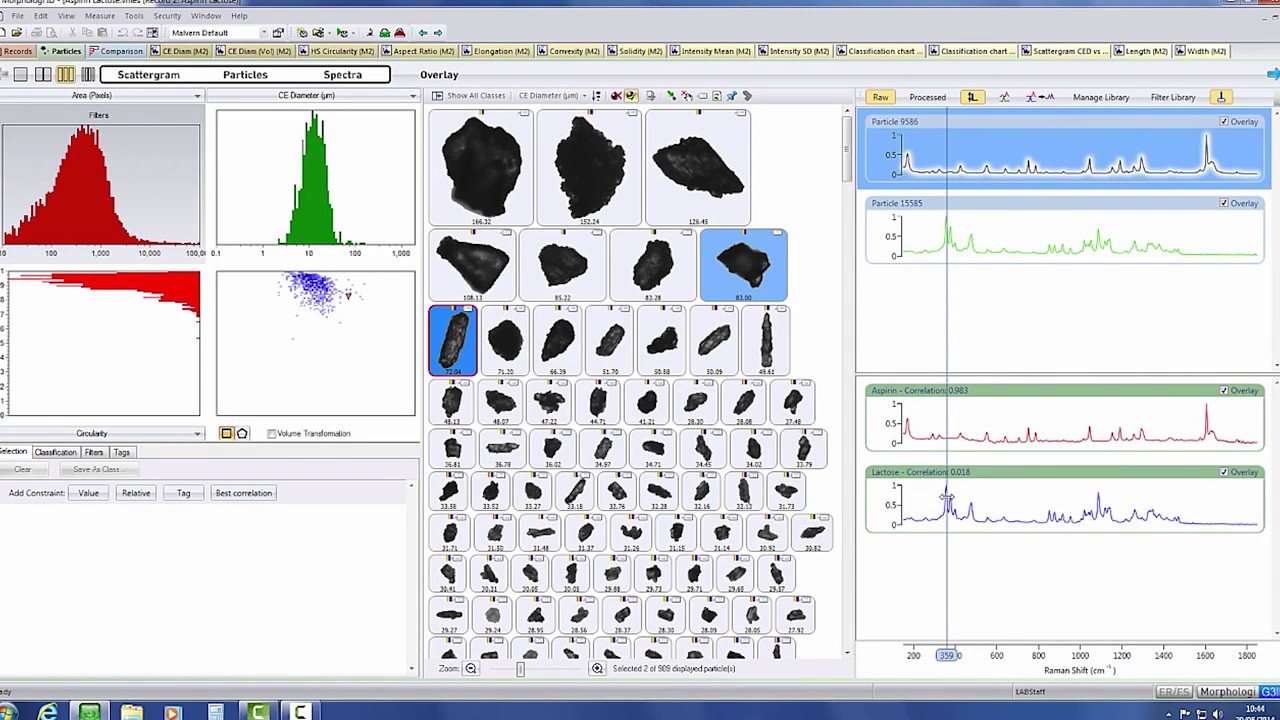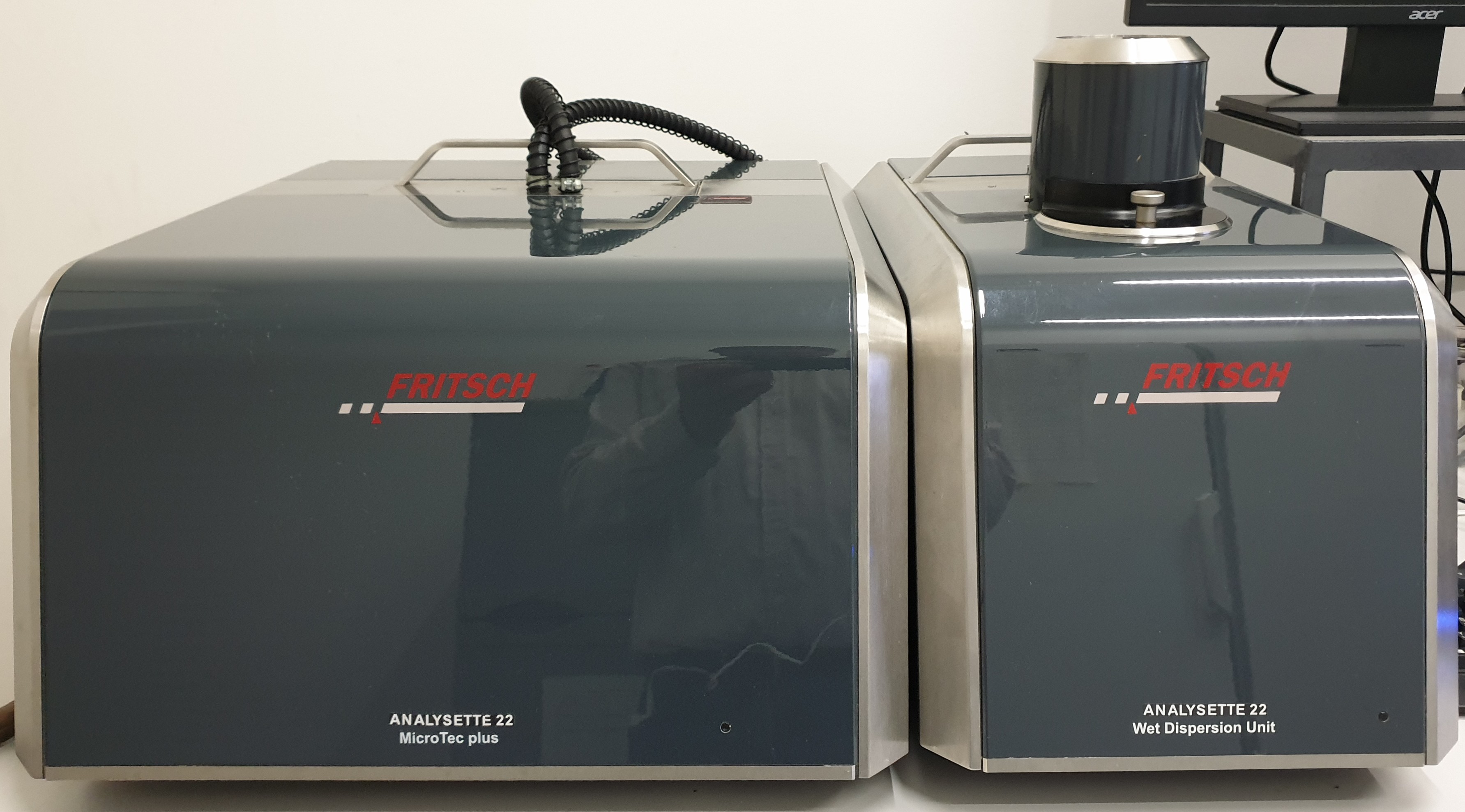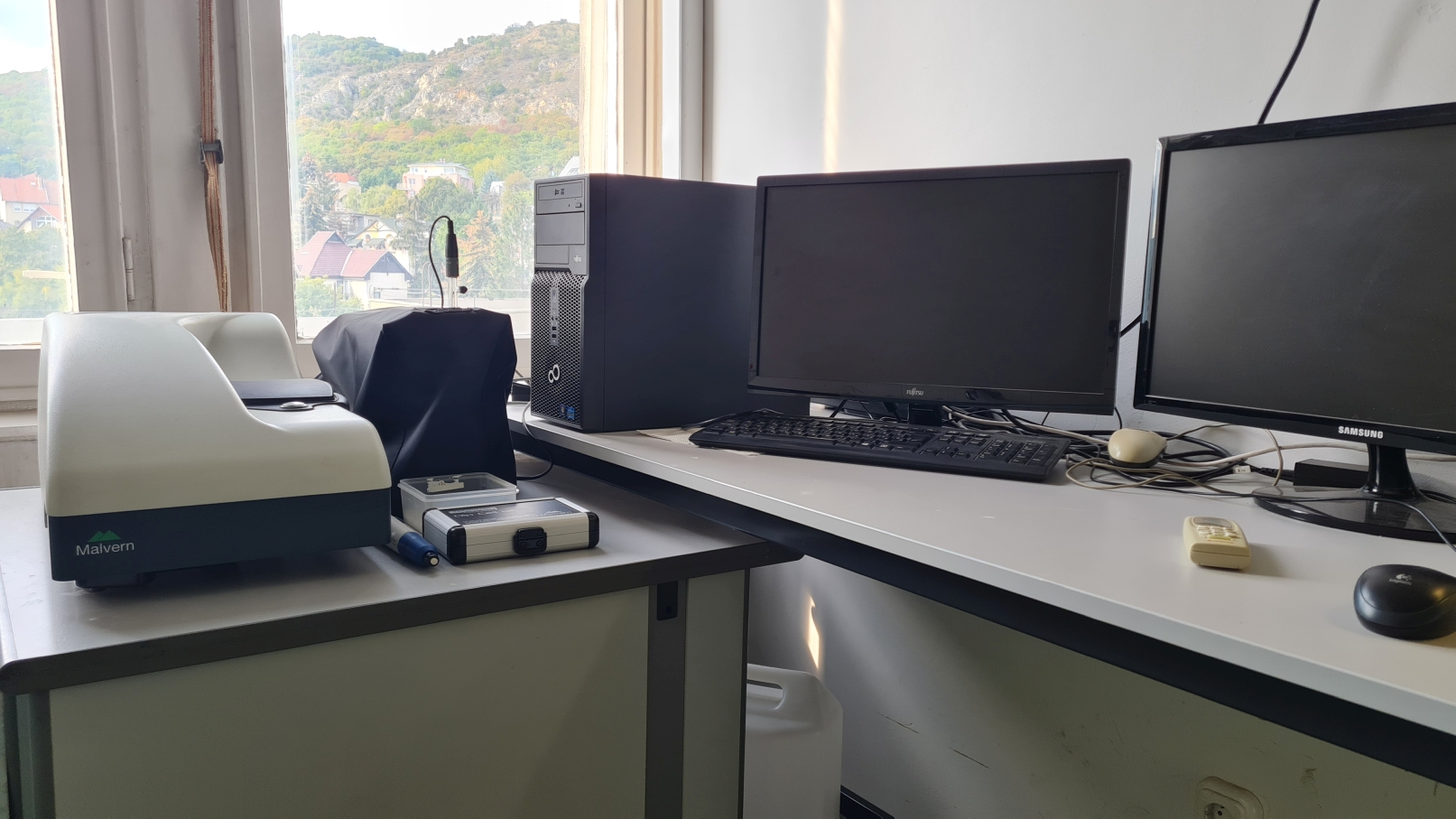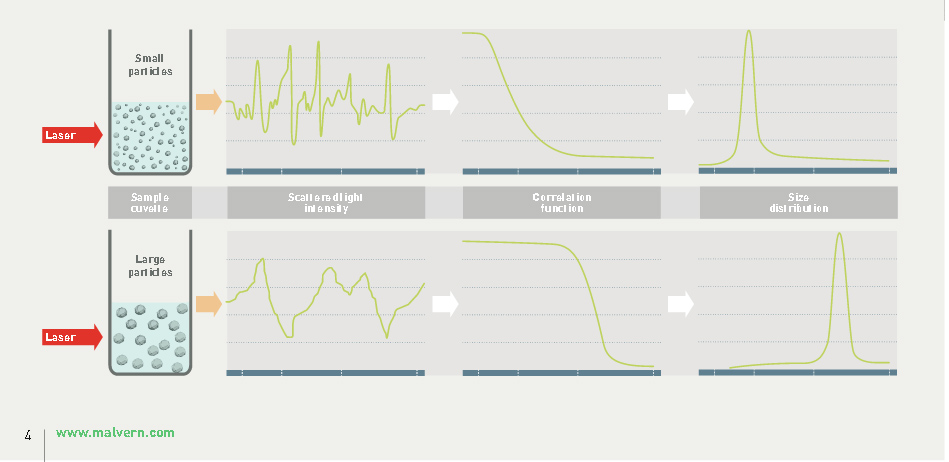
Laboratory for Sediment and Soil Analysis (SEDILAB) HUN-REN Research Centre for Astronomy and Earth Sciences, Geographical Institute
LABORATORY FOR SIZE, SHAPE AND CHEMICAL IDENTITY (SSI)
The SSI Laboratory provides a broad spectrum of determination of the particle size distribution and characterization of unconsolidated sediments, soils, suspensions and colloidal systems. The Laboratory has instrumental capacities for particles sizing between 10 cm and 1 nm size range.
The SSI laboratory is an infrastructural background active for environmental geography, Quaternary, aeolian and planetary research.
The SSI laboratory has been involved in a number of method development studies. These include results on the effects of particle shape on the infrared spectrum and on the comparability of particle size distribution curves by laser diffraction particle sizers.
Particle characterization by static image analysis and Raman spectro-microscopy
Unlike the laser diffraction, this measurement results the real size of the particles. The range of measurement covers nearly the same range as the first generation laser diffraction devices. Use of air and liquid dispersion is available. Moreover, standard filters (d=47mm) and thin-sections can also be analysed.
The measurement results in unique information for each identified particle (mineral, drug substance, microplastic, etc...).
Available device
Malvern Morphologi G3SE ID
- Measured morphological parameters: circular equivalent diameter, length, width, perimeter, area, circularity, aspect ratio, longevity, convexity
- Optical parameters: average intensity of the reflected light, standard deviation of the intensity, of the reflected light
- Optical system: Nikon CFI 60 brightfield/darkfield system
- Manual microscope mode: filters and polarization microscope mode
- Diode Array Detector (Shimadzu SPD M40)
- Detector: 5M pixel 2592 x 1944 CCD
- Camera pixel size: 2,78 x 2,78 µm)
- Kaiser RamanRxn11 Raman spectroscope
Particles sizing of coarse and fine textured sediments (micro range analysis)
The most frequent samples for particle sizing are soils and unconsolidated sediment samples, but metal powders, pigments and pharmaceutical samples also were measured. Four different kinds of laser diffraction particle sizers (with various optical systems) can be found for this purpose in the SSI. Both of air and liquid dispersion are also available. Applied laser sources: red gas laser (940 nm), green gas laser (531 nm) and blue diode laser (405 nm).
Available devices
Fritsch Analysette 22 Microtech Plus (2009)
- Measuring range: 80 nm – 2 mm
- Dispersion: liquid (water and alcohols)
- Detectors: 57 pieces of high resolution photodiode
Malvern Mastersizer2000 (2012)
- Measuring range: 20 nm – 2 mm
- Dispersion: liquid (Hydro 2000G), air (scirocco 2000)
Horiba Partica LA 950 V2 (2013)
- Measuring range: 80 nm – 3 mm
- Dispersion: liquid, air, small volume cuvette
- Detectors: 87 pieces of high resolution photodiode
Malvern Mastersizer3000 (2018)
- Measuring range: 20 nm – 3 mm
- Dispersion: liquid
MALVERN MASTERSIZER3000
Particle sizing in nano range
A Photon Correlation Spectroscope (DLS / SLS /ELS spectroscopy) is available for the analysis of the nano size range particles. This device is equipped with an autotitrator. Following parameters can be measured: hydrodynamic molecular size (DLS); absolute and estimated molecular weight: between <1000Da - 2x107 Da (by the Deby plot) and zeta potential. Molecular mass measurements can be controlled by HPSEC measurements as well.
Available device
Malvern nanoZS with autotitrator (2015)
- Light source: He-Ne laser 633 nm (4mW)
- Measuring range: 0.3 nm - 1.0 µm
- Minimum sample volume: 12µL
- Concentration range: from 0.1ppm to 40%w/v
- Minimum sample concentration: 0.1 mg/ml 15kDa lysozyme
- Measuring principles: Electrophoretic Light Scattering (ELS); Dynamic light scattering (DLS); Static Light Scattering (SLS) / Measuring principle: Phase Analysis Light Scattering (PALS)
- Zeta potencial range (ELS): +/- 500mV
